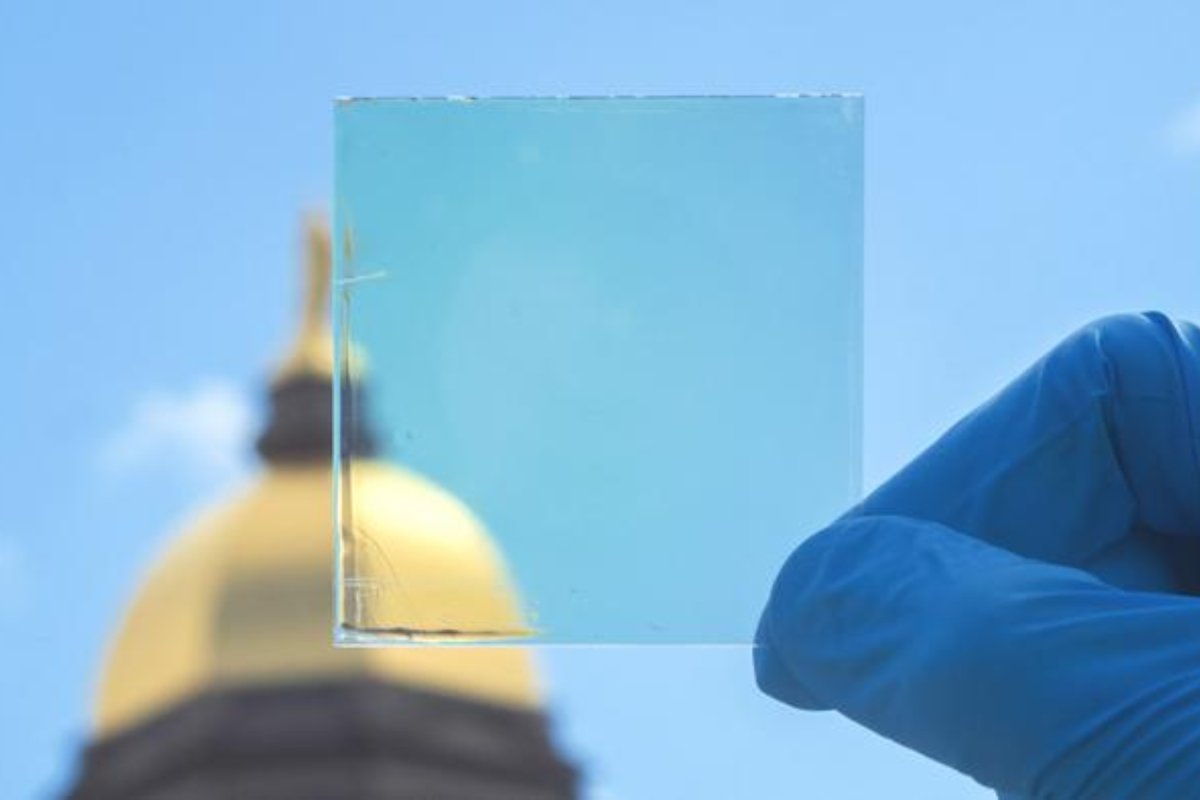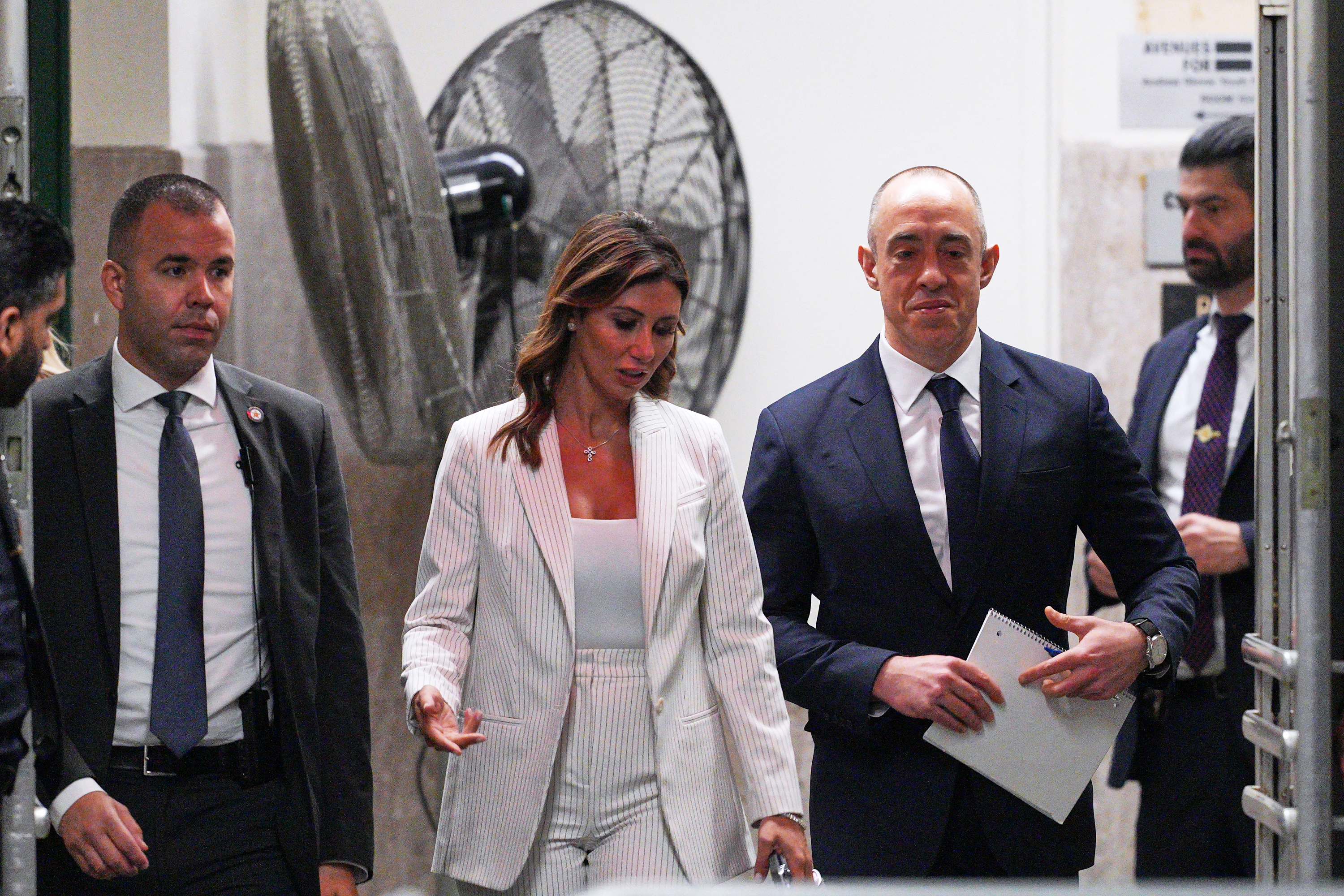The days of overheating because of the sun streaming through a window might be no more as scientists have figured out a way to make your windows heatproof.
It is achieved using a special window coating that blocks infrared light and ultraviolet light, but lets through visible light, according to a new paper in the journal Cell Reports Physical Science.
The solution still lets you see everything out of your window but reduces the heat let in to such a degree that it may reduce air-conditioning cooling costs by more than one-third in hotter weather.
The coating can be used on the windows of homes, offices and even cars, and lets in visible light no matter what the angle of the sun is, unlike many other window coatings available. These other coatings are often specialized for light hitting the window at a perpendicular angle, whereas light tends to hit windows at oblique angles during the hottest hours of the day.

"The angle between the sunshine and your window is always changing," study author Tengfei Luo, a professor of energy studies at the University of Notre Dame, said in a statement. "Our coating maintains functionality and efficiency whatever the sun's position in the sky."
In the paper, the researchers described how they previously created a see-through window coating by stacking extremely thin layers of silica, alumina and titanium oxide on a glass base, which serves to reflect out infrared and ultraviolet light. They also added a thin layer of silicon polymer to further increase the heat-proofing of the layer.
They then shuffled the layers into a configuration that best allowed visible light through by reflected infrared and ultraviolet, figuring out the ideal combination using a type of quantum computing known as quantum annealing. They then confirmed the combinations experimentally.
The final product was found to allow all visible light through but reduce the temperature in a model room by between 9.7 and 13 degrees Fahrenheit, regardless of the angle of the light.
"Like polarized sunglasses, our coating lessens the intensity of incoming light, but, unlike sunglasses, our coating remains clear and effective even when you tilt it at different angles," Luo said.
According to the paper, it could result in a reduction in annual cooling energy by more than one-third.
"Because of the scalability of the planar structure and wide-angle spectral selectivity, this photonic structure could be practical for real-world applications," the authors wrote in the paper. "Moreover, our active learning scheme may be generally applicable to complex material designs with complex target properties."
Do you have a tip on a science story that Newsweek should be covering? Do you have a question about windows? Let us know via science@newsweek.com.
Uncommon Knowledge
Newsweek is committed to challenging conventional wisdom and finding connections in the search for common ground.
Newsweek is committed to challenging conventional wisdom and finding connections in the search for common ground.
About the writer
Jess Thomson is a Newsweek Science Reporter based in London UK. Her focus is reporting on science, technology and healthcare. ... Read more
To read how Newsweek uses AI as a newsroom tool, Click here.






